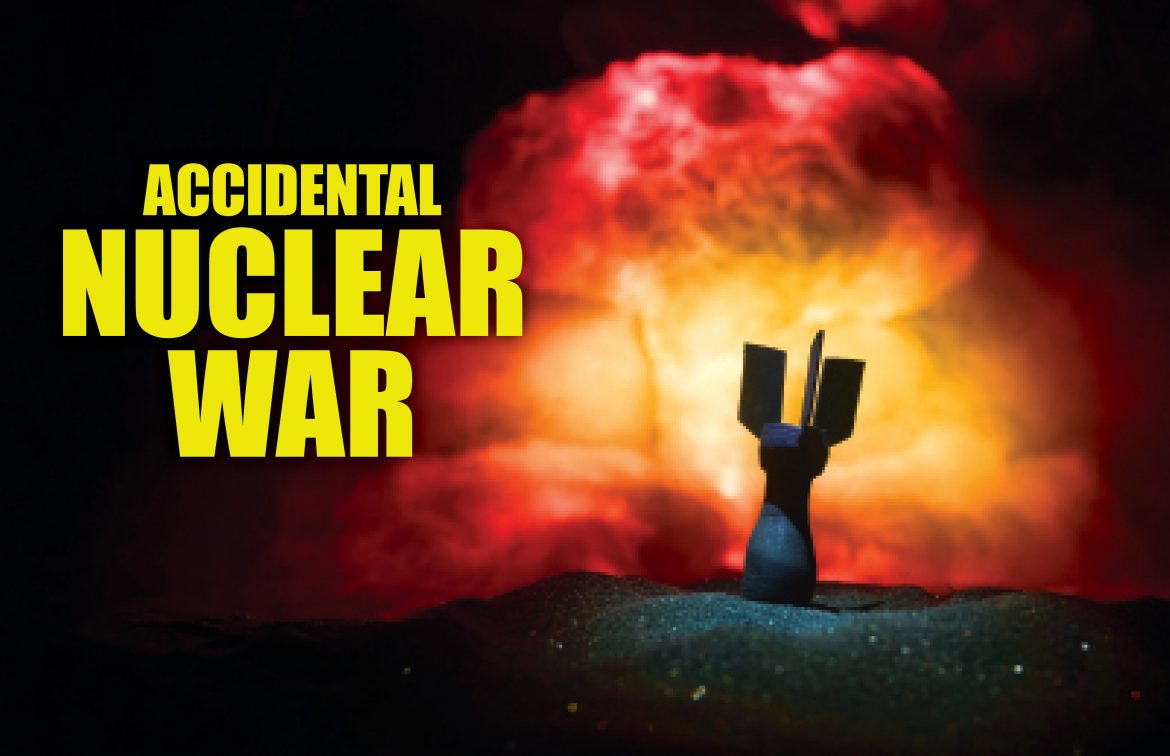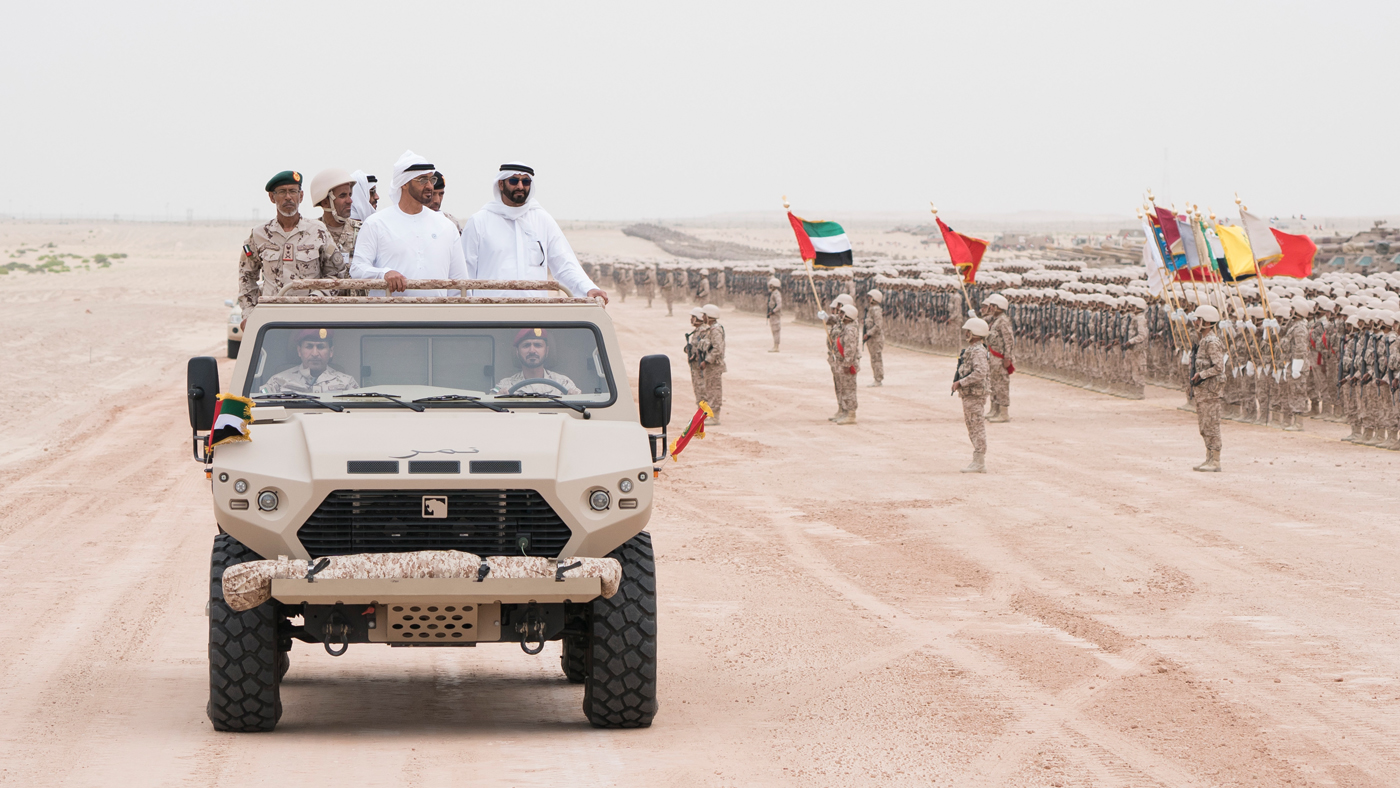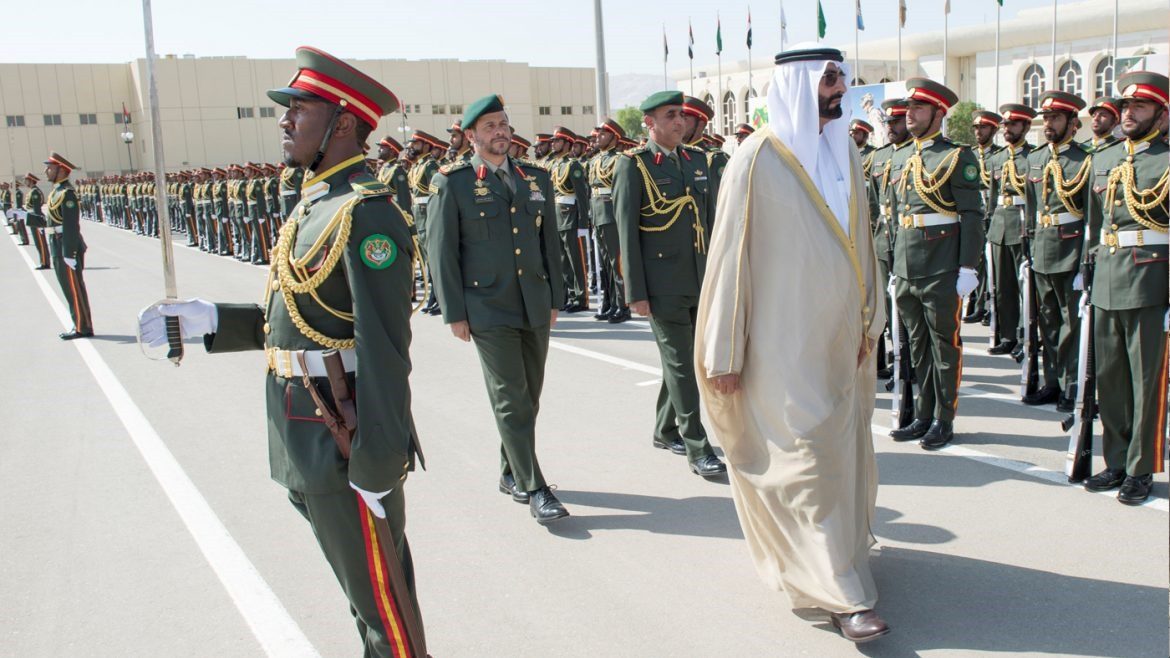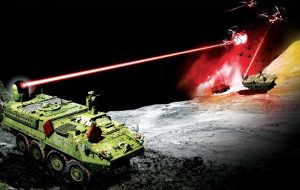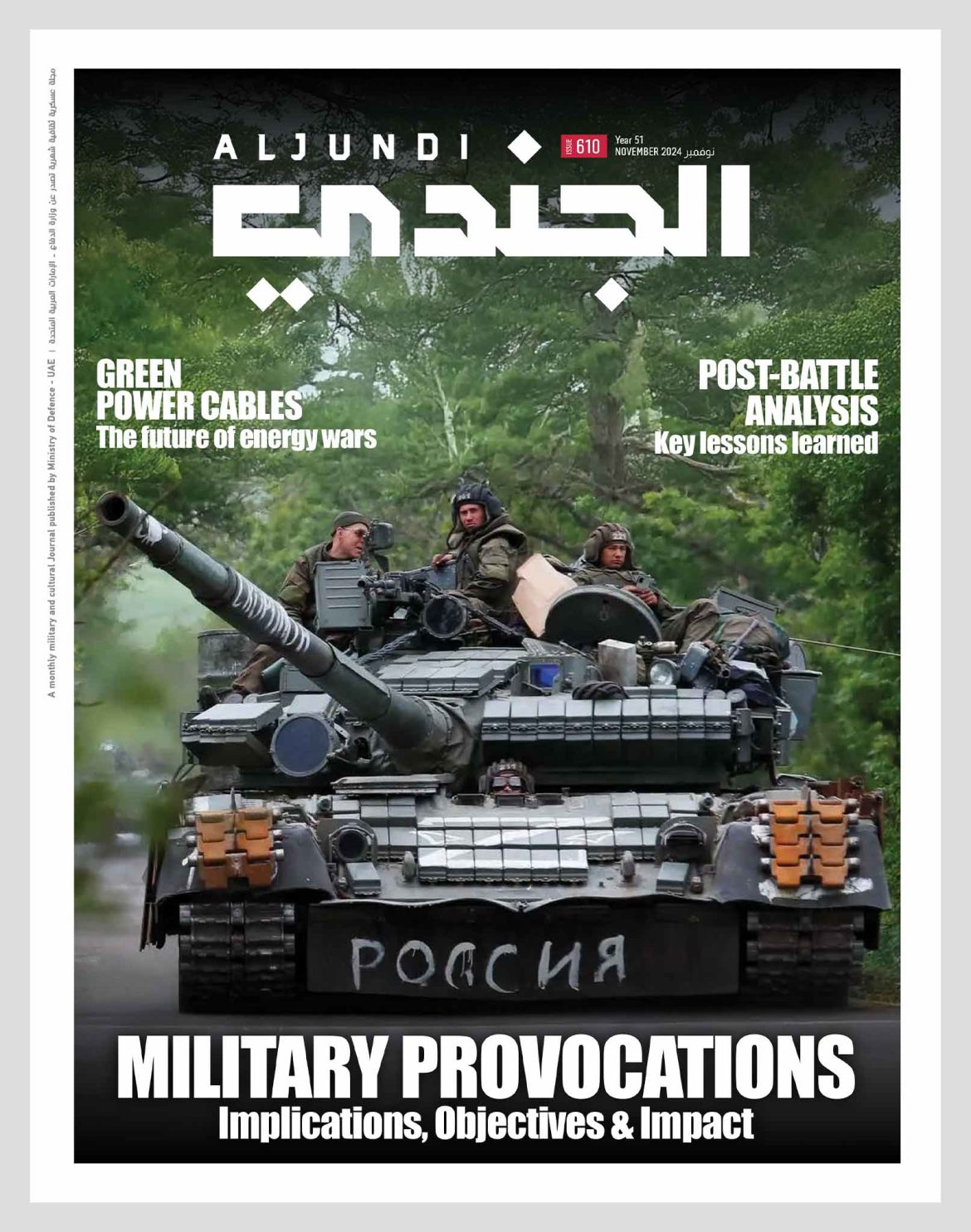On February 28, 2022, the Russian army announced that its nuclear deterrent forces are on high alert, by orders of President Vladimir Putin. The Russian Ministry of Defense stated that the state of high alert applies to all components of the Russian nuclear forces and the strategic missile forces that supervise the Russian land-based ICBMs, as well as the Northern Fleet and the Pacific Fleet, which launch ICBMs from submarines, and the long-range air forces that possess a fleet of strategic bombers with nuclear capabilities.
This brings back memories of the Cuban missile crisis between the United States and the former Soviet Union in 1962, which almost led to a nuclear war.
On March 11, 2022, the Indian army mistakenly launched a missile toward Pakistan, according to the Indian Ministry of Defense.
Expressing “deep regret”, the Indian Ministry of Defense said in a statement that “during routine maintenance, a technical malfunction led to the launch of a missile by mistake”, though the ministry did not specify the type of missile, but said it fell in an “area in Pakistan.”
This statement came hours after the Pakistani Foreign Ministry condemned what it described as an “unjustified violation of its airspace by a supersonic flying object originating from India.”
The world is now living in the second nuclear age, after the first nuclear age had its gloomy night on the morning of August 6, 1945, when the first American nuclear bomb fell on the Japanese city of Hiroshima.
Generally, there are three basic possibilities that could lead to exposure to nuclear weapons: the first is a leak or theft of nuclear weapons or materials that would eventually fall in the hands of a group that uses them to launch an attack on densely populated cities. The second possibility is the accidental launch of nuclear missiles, because of a technical error followed by an attack warning and a nuclear response. The last possibility is for a country to resort to using small tactical nuclear weapons to launch an attack on heavily fortified sites to destroy them. The world has stepped into a new nuclear era in which an unintentional error is the greatest danger that threatens it. The risks posed by human errors when using nuclear weapons are multiplied, and hackers may trigger a false alarm of a nuclear attack on national warning systems, and attribute that attack to a specific country, and at the height of global tension, with limited communication and cooperation between nuclear adversaries, and given the few minutes available for decision-making in such a situation, how would a country armed with nuclear weapons react? In theory, Washington and Moscow put their forces on standby for 24 hours to respond to any sudden nuclear attack, and there is a known mechanism for monitoring and decision-making in response, and the teams tasked with verifying the attack have only 3 minutes to reach a specific conclusion, before having to make a decision.
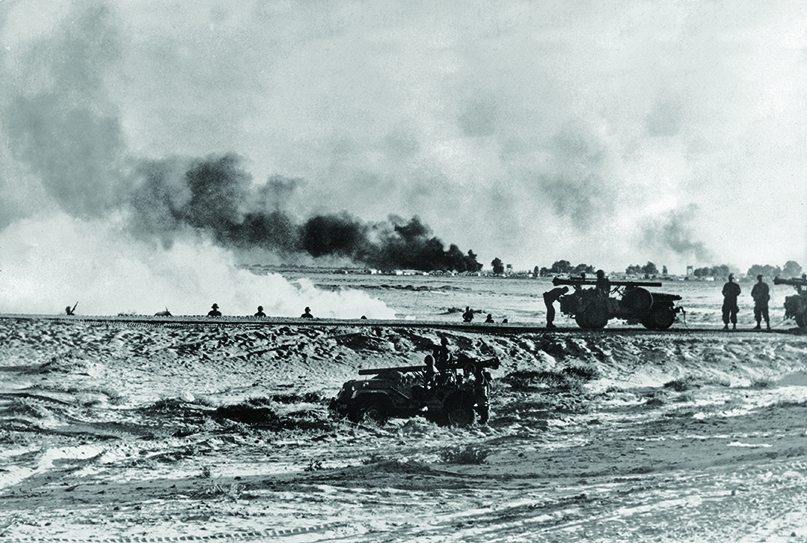
In the United States, there is a military commander in the strategic command center, who has the authority to assess the situation and inform the American president through a summary report, so the president can make the necessary decision, and in this case, he has a maximum period of 12 minutes only, but this delay is reduced in Russia due to the speed of arrival of missiles from the US Trident submarines in the North Atlantic. Given the principles of the American nuclear strategy, there is a debate that appears from time to time about whether it is unacceptable for the American forces to be the first party to use their nuclear capabilities in any military conflict, or whether the Pentagon has the right to use nuclear weapons as a first option.
However, the second opinion is closer to reality, if the other side already possesses nuclear capabilities, it would be unwise in this case, for American military planners to wait until nuclear weapons are used by the enemy before responding, because then there may not be time to respond.
False alarm incidents
A nuclear false alarm incident is an incident that could lead to an unintended nuclear attack, and these incidents usually involve a potential imminent threat to a nuclear-armed state, which could lead to retaliatory strikes against the “perceived” aggressor.
In such cases, the possibility of accidental nuclear war is a real possibility and not an imaginary one.
Alarms of this type have occurred, and the following are some of the most famous of these incidents:
November 5, 1956: During the Suez Crisis, NORAD received several simultaneous reports, including unidentified aircrafts flying over Turkey, Soviet MiG-15 fighters over Syria, and a British Canberra medium bomber and unexpected maneuvers by the Soviet Black Sea Fleet, which seemed to indicate an attack. Given previous Soviet threats to use conventional missiles against France and the United Kingdom, US forces believed that these events could lead to a NATO nuclear strike against the Soviet Union, however, all reports of Soviet action turned out to be wrong, misinterpreted, or exaggerated.
October 5, 1960: American radar equipment mistakenly interpreted the moon’s appearance over Norway as a Soviet missile launch. Upon receiving a report of the “supposed” attack, the North American Air Defense Command “NORAD” became on high alert, and doubts arose about the authenticity of the attack due to the presence of the Soviet leader Nikita Khrushchev in New York City, as the head of the Soviet Union delegation to the United Nations.
November 9, 1965: The US Office of Emergency Planning Command Center went on high alert after a major blackout in the northeastern United States. Many of the detectors that are used to distinguish between regular power outages and electric power outages from a nuclear explosion have malfunctioned, creating an illusion of a nuclear attack.
November 9, 1979: Computer errors in the headquarters of the “NORAD” in “Wright Peterson” Air Base led to warning and full preparation to face a large-scale Soviet attack.

The American National Security Advisor received reports that the Soviet Union launched 250 ballistic missiles in the direction of the United States, but he suggested that the response decision must be taken by the President within 3 to 7 minutes and nuclear bombers were equipped, however within 6-7 minutes of the initial response, the American radar systems and satellites were able to confirm that it was a false alarm.
March 15, 1980: a Soviet submarine near the Kuril Islands launched 4 missiles, as part of a training exercise, one of which the American early warning devices expected to be directed towards the United States, and in response, held a conference to assess threats and it was confirmed that it was a false alarm.
From November 7 to 11, 1983: Able Archer 83 was an exercise of the command center carried out by the military forces of NATO and political leaders.
The exercise was a simulation of a traditional soviet attack on the European alliance forces.
On the first day of the exercise, NATO forces followed the political guidance on the use of nuclear weapons to stop Soviet progress, then the alliance began to emulate the preparations for the transition to a nuclear war. These simulations included 170 radio silent flights to transfer 19 thousand US troops to Europe, regular changes in military orders to avoid a nuclear attack, as well as the use of new nuclear weapons procedures, in addition to the use of nuclear command, control, and communications networks to pass nuclear commands, and moving Allied forces in Europe through each stage of readiness. The problem was exacerbated by commanders referring to the B-52 flights as “nuclear strikes”, due to the increased use of encrypted diplomatic channels between the United States and the United Kingdom. In response, nuclear-capable Soviet aircraft were refueled, as Soviet leaders believed the exercises were a ploy to cover the Alliance’s preparations for a nuclear first strike. The Soviet forces retreated when the exercises ended, and the Alliance was not aware of the full Soviet response until the British intelligence passed on the information.
January 25, 1995: Russian radars revealed an image of a target rising rapidly across the sky, taking off from somewhere on the Norwegian coast. It is a well-known fact that one of the missiles carried by American submarines in these waters is capable of carrying 8 nuclear warheads that can reach Moscow within 15 minutes. The Russian military command was informed of this immediately, which in turn informed former Russian President Boris Yeltsin, who was carrying an electronic briefcase with which to give orders to respond to nuclear missiles. Yeltsin consulted his top advisers by phone, and, for the first time, the nuclear pouch for emergency use was operational. The path of the target remained a mystery to the anxious Russians, and after about 8 minutes, the officers of the High Military Command in Moscow made it clear that the target was heading away towards the sea and did not pose a threat to Russia, as it turned out that this mysterious target was an American scientific probe, which was launched to explore the aurora borealis. The Norwegians had previously informed the Russian authorities of this launch, but this report did not reach the relevant authorities in Russia.
Risks of Artificial intelligence
It is expected that artificial intelligence technology will change future military operations in ways that will revolutionize war, and there are two main trends regarding this topic: the first suggests that the use of artificial intelligence is the best solution to difficult problems, while the second trend argues that it will pose a threat to humanity.
It seems that there is some truth in both perspectives, as we are facing a technology that is unknown in many ways, the most important of which is whether this technology will achieve full self-awareness and become a threat to humanity or not.
The question here is: Will a miscalculation caused by the use of artificial intelligence cause nuclear war? The fear is that the AI-powered system will make the decision, and begin a preemptive strike. Removing the human element from the decision-making system may multiply the repercussions of any crisis, and get it out of control to escalate to uncontrollable levels.
If nuclear and ballistic missiles are attached to artificial intelligence boosters, this makes these missiles capable of launching and destroying predetermined targets if they sense any danger or attack. On the other hand, some research is moving towards figuring out how to fool AI-enhanced systems through so-called “adversarial machine learning” by using incorrect data to generate wrong conclusions.
High alert risks
Another danger is the state of high alert, i.e. the preparation of nuclear weapons so that the missiles are launched within minutes, and this ability to launch the missiles within a short time will force the leaders to issue a decision at once to launch a nuclear attack as soon as they are made aware of the alarm, and in doing so, they will not have time to gather or exchange information and detect a false alarm, thus avoiding a catastrophic mistake. Continuing to place a large number of weapons on high alert, for two countries at peace with each other, may create unacceptable dangers of an unintended attack, and years after the end of the Cold War, we still face the same unacceptable dangers, as the Moscow Treaty, signed in 2002, between Russia and the United States, did nothing about addressing the state of high alert, which is the most dangerous part of the American and Russian situation.
As the continued placement of nuclear weapons on high alert increases the risks that these weapons were manufactured to reduce for both countries.
It is time to find a more secure means of deterrence and insurance. Despite the end of the Cold War, the United States and Russia are still able, within minutes, to fire ICBMs at each other, and both countries continue to keep most of their missiles on high alert.
Within a few minutes of receiving orders to launch, a large part of the ground-based missiles on both sides can begin their journey, which takes less than half an hour, across the North Pole to reach their targets, and in less than 15 minutes after receiving the order to attack, American or Russian submarines, carrying ballistic missiles at sea, can launch the warheads, therefore, launching an attack by mistake, or without the approval of the higher command, is always a danger.
The possibility of an unintended launch can be further reduced, if the alert status of these missiles is lifted, increasing the time needed to prepare them for launch.
Currently, it is possible to verify the process of canceling the high alert stats of nuclear weapons, for example, the number of ballistic missile-carrying submarines can be monitored using satellites, and most other measures can be verified by random inspections, permitted under the START-1 agreement. In the longer term, additional technologies can be designed to help confirm that nuclear missiles don’t pose an immediate threat. This proposal, to de-alert nuclear weapons, would reduce both countries’ ability to conduct a first strike and, in so doing, would eliminate both the ability and the rationale to keep missiles on alert and ready to launch. Commanders would wait to respond to an alert before deciding what type of response is appropriate, dramatically reducing the risks of a false or unauthorized launch. Military leaders could insist on keeping a small portion of their current weapons on high alert, perhaps hundreds of warheads each, until other nuclear countries implement measures to reduce the capabilities of their nuclear weapons.
However, if the United States and Russia can establish the highest levels of security possible for their nuclear forces, they should de-alert all their missiles as quickly as possible, and then take additional steps to prolong the time needed to reactivate these weapons.
The ultimate goal will be to separate most – if not all – nuclear warheads from their missile delivery methods.
Previous leaders in both Russia and the United States have already made decisions to reduce the possibility of erroneous launches of nuclear missiles.
At the end of September 1991, former US President George H. W. Bush announced an initiative to de-alert nuclear weapons, after the former Soviet Union began to disintegrate, and ordered the reduction of the alert level of many American strategic bombers that for several decades were ready to launch within a few minutes after the alarm. A while later, nuclear weapons were unloaded from these aircrafts and stored.

In addition, President Bush ended the alertness of strategic missiles, which are to be disposed of under the START-1 treaty, which consisted of 450 underground missile platforms of the “Minuteman-2” type, as well as missiles carried on ten “Poseidon” submarines. The next step was taken by Moscow, which issued orders to dismantle more than 500 stationary missile platforms and six strategic submarines, as well as keep the readiness of strategic bombers to a minimum, and store missiles loaded on train cars in warehouses. In the following months, both countries withdrew several thousand short-range tactical nuclear warheads, spread among their land and sea armed forces, and stored these weapons in central warehouses. In 1994, Washington and Moscow together took additional steps in this regard, when they agreed to stop aiming strategic missiles at each other.
However, despite the being a positive step, the military significance of this initiative was limited, as they can be re-aimed in a matter of seconds, so it did not relieve the anxiety of accidental launch.
The responsibility to spearhead these efforts rests firmly with the United States and Russia, as the two countries should work on shedding the legacy of the Cold War through a joint commitment, comprising of the following 3 steps:
– A commitment to change the status of all nuclear weapons from high alert, increasing the time to think before a nuclear attack to hours or even days.
– Reducing the number of nuclear warheads placed on high alert from several thousand to several hundred.
– Participating in dialogue with other nuclear states to reduce international interest in acquiring nuclear weapons, and to obtain mutual assurances that no nuclear country will deploy its nuclear weapons and put them on high alert, in the absence of any imminent threat.
Advanced notice
On December 15, 2000, Russia and the United States signed an agreement aimed at extending each Advanced notice of any launch of ICBMs, in an attempt by the two countries to reduce the risks arising from any accidental launch of these missiles.
This agreement includes the exchange of information on the launch of ballistic missiles between the two countries to achieve an early warning process for each of them when these missiles are launched.
A provision was included in the “SALT-2” agreement that stipulates that there be a prior information exchange about the tests of ICBMs and that no more than one missile should be launched from each missile complex.
Under the advanced notice clause of the Ballistic Missile test agreement, each country must provide the other party with advanced notice of the flight test it intends to conduct for any ballistic missile launched on land or sea before the test, and the country must issue an Air Mission Notice, or Navigational Warning, to alert pilots and sailors.
The country conducting the test must also ensure that the launch site is not within 40 km of the international boundary and that the planned area of impact is not within 75 km of this boundary. This country must also notify the other country at least three days before the start of a launch during which it intends to conduct flight tests of any ballistic missile on land or sea.
Impact of the Russian military operation in Ukraine
There has been increasing concern in the international community, especially within European countries, amid the rising possibilities of resorting to nuclear weapons in the Russian-Ukrainian war, and Russia accusing Kiev of running biological laboratories and threatening to resort to nuclear weapons in return.
On March 22, 2022, the Kremlin spokesman said that Russia would use nuclear weapons if faced with an existential threat, and the Secretary-General of the United Nations said, “The possibility of nuclear conflict, was previously unimaginable, but is now back in the realm of possibility.”
The world is holding its breath for fear of the repercussions of the conflict between Moscow, on the one hand, and NATO and Washington, on the other, because of Ukraine, and this is highlighted by the threat of resorting to nuclear options, and some reports indicate that 90% of the world’s nuclear weapons are owned by Russia and America, as Russian nuclear arsenal leads the world with 6,200 weapons, while America has 5,600, France 290, and the United Kingdom 225.
Russia deploys 1,456 strategic warheads on 527 intercontinental ballistic missiles, launchers, and submarine-launched ballistic missiles, while the United States has 1,357 warheads on 665 missiles and bombers, and some estimates claim Russia has another 2,889 strategic warheads in reserve, while America has 1964 warheads.
The exact locations of Russia’s nuclear weapons storage facilities are classified, and there are believed to be at least a dozen underground sites to keep bombs. The United States has an estimated 100 B-61 nuclear bombs at 6 NATO bases in 5 European countries.
The Russian military operation in Ukraine has renewed fears of the dangers of nuclear weapons, which the international community has so far failed to put an end to the race to acquire and develop, which raises questions about the feasibility of the concluded agreements and treaties, if they fail to provide security for humanity, and even more importantly: Does the world have contingency plans for the risk of a major nuclear accident or possible nuclear war?
American media, including the New York Times, reported that the White House has formed a team of officials to develop scenarios for Washington and its allies’ response to Moscow’s use of nuclear weapons.
The plan, which was reported by the newspaper, stated that there is a team called the “Tiger Group” studying responses to a “virtual” Russian attack on convoys loaded with weapons and aid destined for Ukraine on the territory of the “NATO” countries.
Though their assessment is that the likelihood of such a scenario developing is slim, these experts attempted to determine how Washington should respond to the “spread” of such “hostilities” in neighboring countries, including Moldova and Georgia.
Conclusion
After the Cold War ended, the odds of a premeditated nuclear attack dropped dramatically, but the chances of an irresponsible nuclear attack, by accident, or by mistake, especially if there was a “false” warning of nuclear missiles coming from somewhere in the world, increased. The security of the world may depend on the accuracy of early warning systems, as well as on the command and control systems of countries that possess nuclear capabilities.
The urgent priority now must be to mobilize nuclear forces to prevent the use of nuclear weapons and reduce the possibility of an accidental launch.
» By: Major General Dr. Ali Muhammad Ali Rajab (military researcher and strategic expert)


